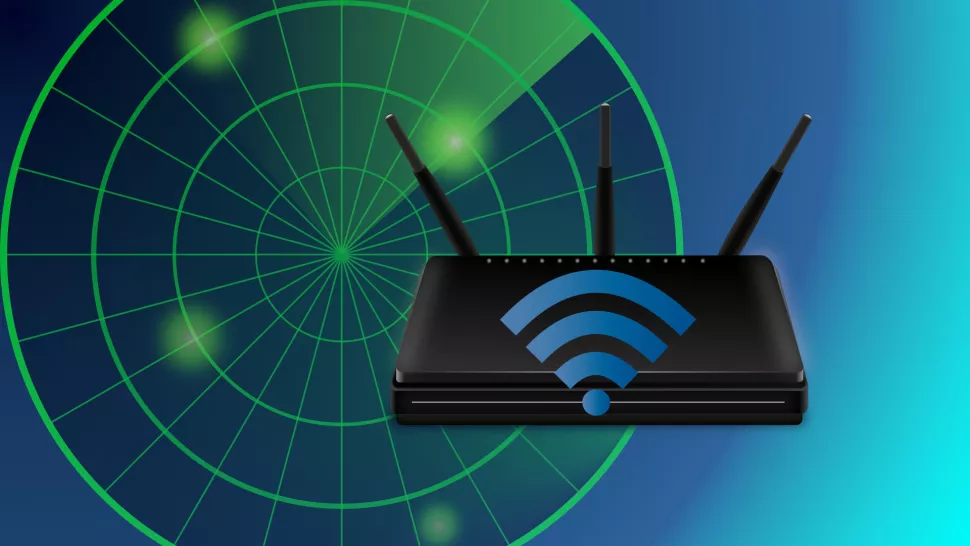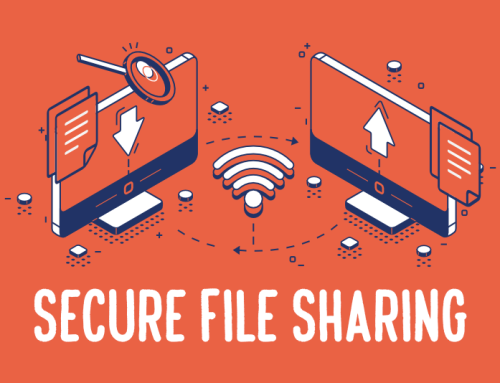Network scanning
Network scanning is essential for managing and securing computer networks in the ever-expanding digital environment. It entails the methodical examination of network resources, exposing potential flaws and empowering network administrators to recognize and effectively handle security risks. This article will examine the idea of network scanning, its significance in upholding a secure network infrastructure, as well as common scanning techniques.
Understanding:
Network scanning is the process of inspecting a network to find its resources, gadgets, and potential security gaps. A complete view of the architecture and security status of the network, network hosts, ports, services and protocols is essential. To do this, network scanners use different terms, such as check network devices. Analyzing network traffic and evaluating network configuration.
The Importance of:
Security Assessment: Network scanning is a key tool for assessing a network’s level of security. Administrators can proactively address vulnerabilities and improve network security measures by locating open ports, well-known security holes, and improperly configur devices.
Threat detection: Through scanning, malicious activity or unauthoriz access attempts can be found early on. Administrators can spot anomalies or suspicious behavior suggestive of a potential security breach by routinely monitoring network traffic and examining communication patterns.
Compliance and Regulation: Regulatory frameworks that mandate recurring network security assessments are applicable to a wide range of businesses and organizations. N.S. helps to ensure adherence to these rules, allowing companies to comply with the law and avoid fines.
Common Techniques:
Port scanning is the process of probing a network’s hosts to find open ports and the services that are currently using them. Administrators can learn which services are vulnerable to potential attacks using this technique.
Vulnerability Scanning:
Vulnerability scanners look for known vulnerabilities in network hardware, operating systems, and software. Administrators can prioritize patching and reduce risks by comparing the gather data against an extensive vulnerability database.
Creating a visual representation of the structure of the network, including devices, their IP addresses, and their various roles. This is called network mapping. This method helps with overall network management and aids in locating potential points of entry.
Packet Sniffing: To understand the data moving across a network, packet sniffing records and examines network traffic. Administrators can use it to find unauthoriz devices, potential security breaches, and odd communication patterns.
Significance in Maintaining a Secure Network Infrastructure:
In order to maintain a network’s security and stability, network scanning should be done frequently rather than just once. Administrators can find vulnerabilities and fix them before they are use by running routine scans. Network scanning also helps organizations maintain compliance with industry standards and legal requirements, protect sensitive data, and guard against reputational harm.
Network scanning is an essential part of efficient network management and security in a connect digital world. Administrators can evaluate vulnerabilities, identify threats, and take well-inform decisions to secure their networks by methodically investigating network resources. Regular network scanning gives the necessary insights to protect sensitive data, strengthen network infrastructure, and reduce risks. Network scanning will continue to be an important process as technology evolves. This will allow businesses to stay one step ahead in the ongoing fight against cyber threats.






